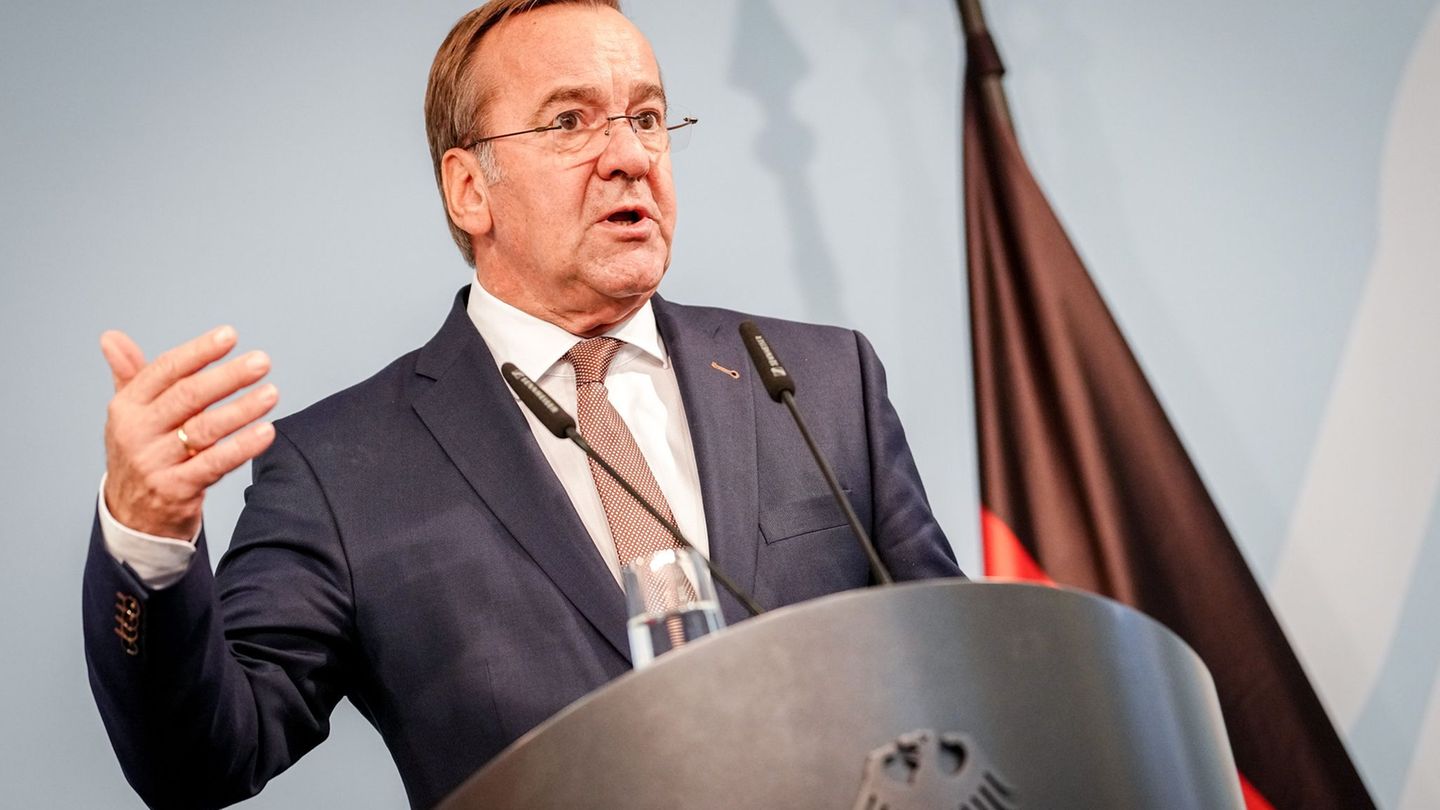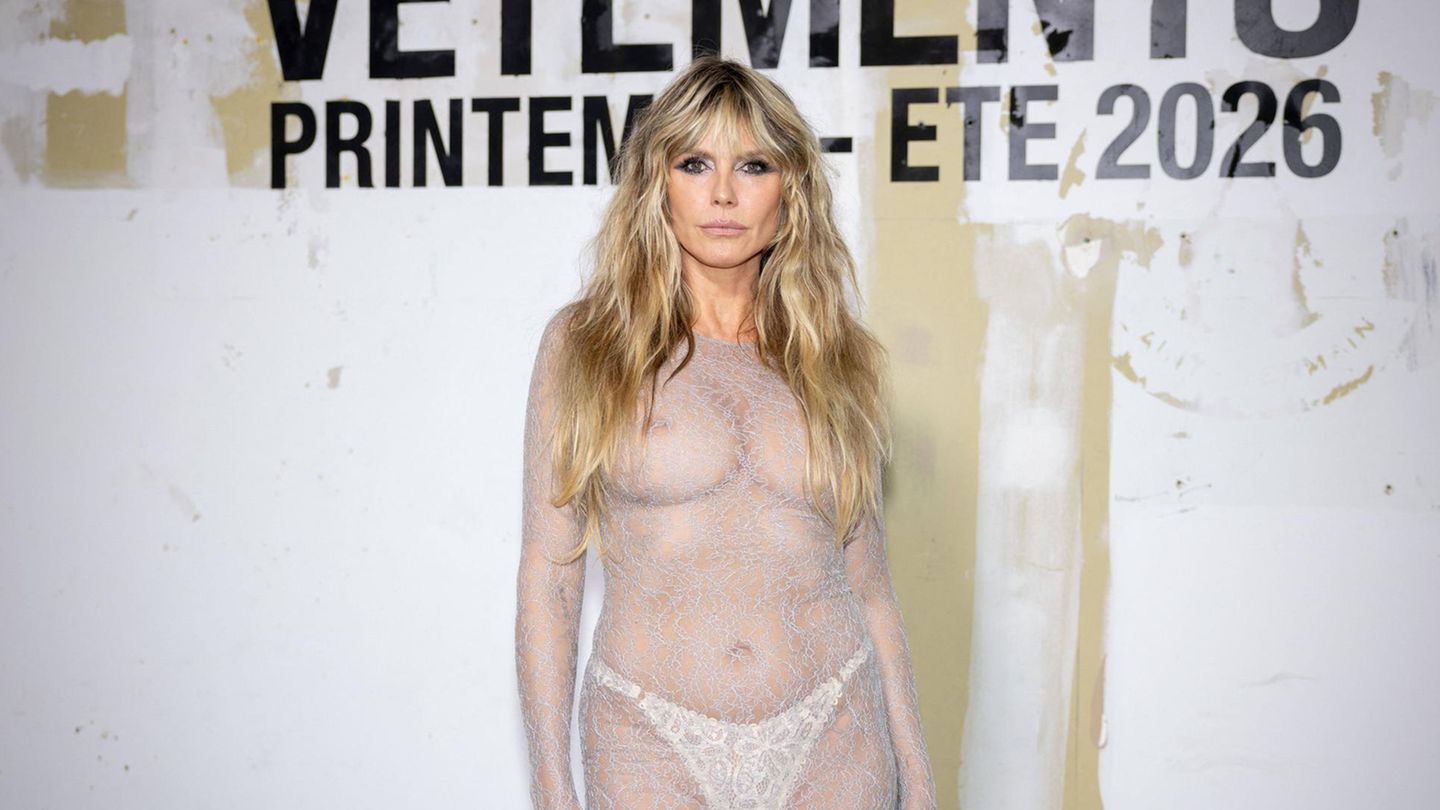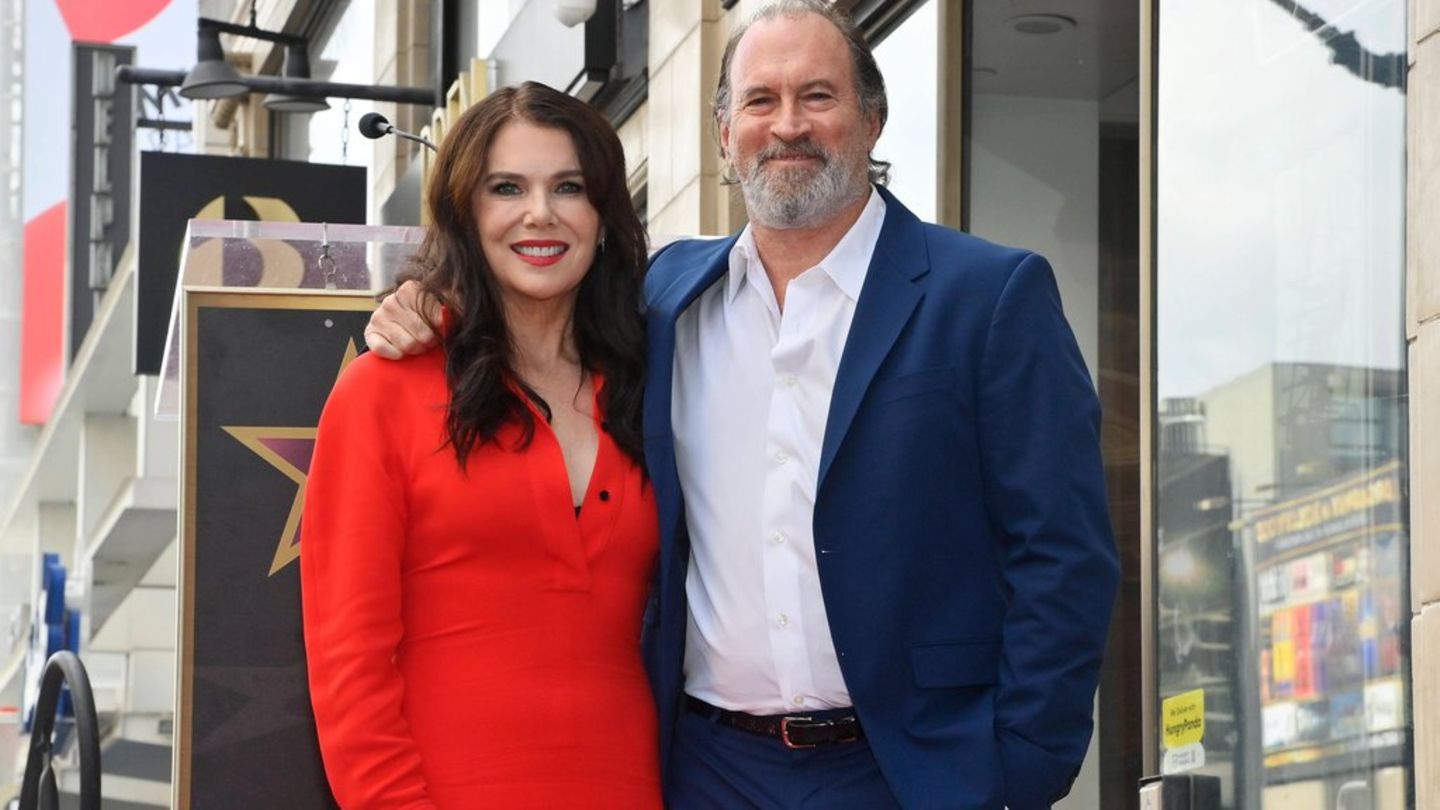I have been working in the news industry for over 6 years, first as a reporter and now as an editor. I have covered politics extensively, and my work has appeared in major newspapers and online news outlets around the world. In addition to my writing, I also contribute regularly to 24 Hours World.
Menu
Shift to the right in the states: AfD celebrates “double boom” – traffic lights under pressure after elections
Categories
Most Read
Russian-Ukrainian War: Russian attacks meet Ukrainian power supply
October 4, 2025
No Comments
Government crisis: For the first time
October 4, 2025
No Comments
Reactions to Peace Plan for Gaza: “Waffenruhe in within reach”
October 4, 2025
No Comments
Migration meeting in Munich: Dobrindt wants quick asylum procedures and permanent deportation
October 4, 2025
No Comments
Education: More and more leaving school without a degree
October 4, 2025
No Comments
Latest Posts

Military service deform: military service law: Pistorius accuses Union of negligence
October 4, 2025
No Comments
IvanI have been working in the news industry for over 6 years, first as a reporter and now as an editor. I have covered politics

Heidi Klum shows up in Paris in a transparent dress
October 4, 2025
No Comments
Lisa HarrisI am an author and journalist who has worked in the entertainment industry for over a decade. I currently work as a news editor

“Gilmore Girls” reunion on Walk of Fame: Lauren Graham honored with star
October 4, 2025
No Comments
Lisa HarrisI am an author and journalist who has worked in the entertainment industry for over a decade. I currently work as a news editor
24 Hours Worlds is a comprehensive source of instant world current affairs, offering up-to-the-minute coverage of breaking news and events from around the globe. With a team of experienced journalists and experts on hand 24/7.

